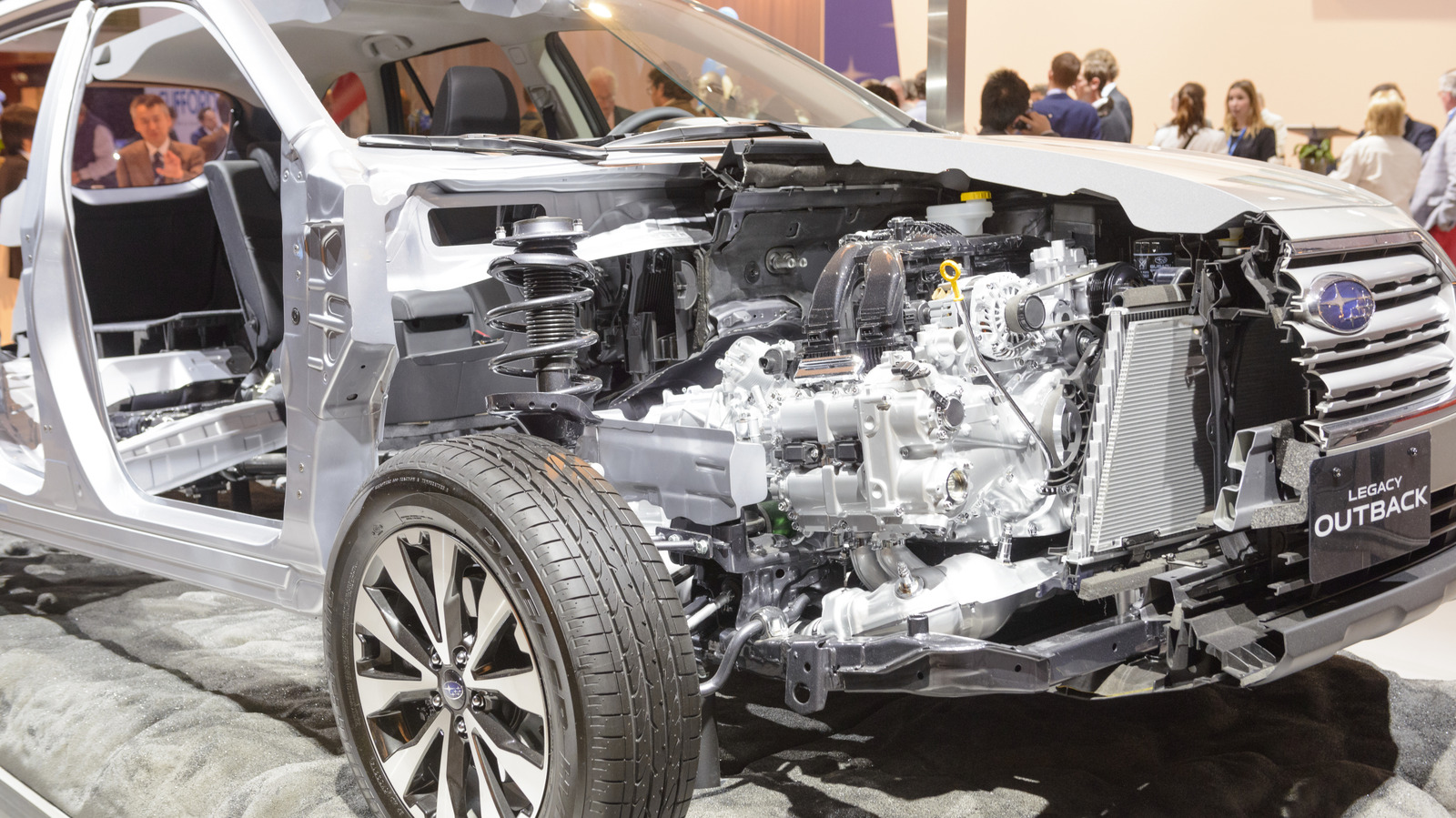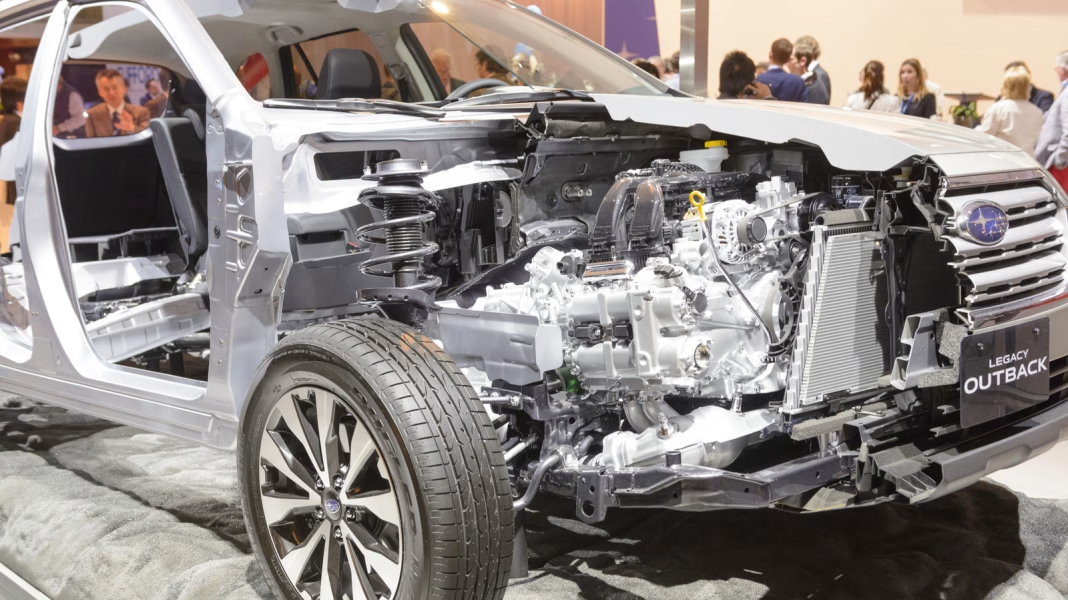Subaru stands out in the automotive world, particularly for its unique approach to engine design. While many manufacturers stick to conventional inline or V-shaped engines, Subaru has carved a niche for itself by exclusively using boxer engines in most of its models. But what does that really mean for drivers, and why does it matter?
What Exactly Is a Boxer Engine?
At its core, a boxer engine is a type of flat engine where the cylinders lie horizontally, opposing each other. This design allows for a lower center of gravity, which can enhance stability and handling. Imagine a seesaw: when one side goes up, the other goes down. That’s how the pistons in a boxer engine work, creating a balanced motion that can lead to a smoother ride.
Subaru’s commitment to this design isn’t just a quirky choice; it’s deeply rooted in the brand’s philosophy. The boxer engine contributes to the all-wheel-drive system that Subaru is famous for, providing better traction and control, especially in challenging weather conditions. This combination has made Subaru a favorite among outdoor enthusiasts and those living in areas with harsh winters.
Why Aren’t Other Automakers Following Suit?
You might wonder why other mass-market automakers haven’t jumped on the boxer bandwagon. The answer lies in the complexity and cost of manufacturing these engines. Boxer engines can be more challenging to produce and maintain, which can deter manufacturers focused on cost efficiency. Additionally, the unique design requires specific engineering solutions that not all companies are willing to invest in.
Some luxury brands, like Porsche, also use boxer engines, but they cater to a different market segment. Subaru’s commitment to this engine type at a mass-market level is indeed rare, making it a distinctive feature that sets the brand apart.
What Are the Benefits of a Boxer Engine?
One of the most significant advantages of a boxer engine is its low center of gravity. This design helps improve handling and stability, especially during sharp turns. For drivers who enjoy a spirited drive on winding roads, this can make a noticeable difference.
Moreover, the engine’s layout can lead to reduced vibrations, resulting in a quieter cabin experience. This is particularly appealing for families or anyone who spends a lot of time in their vehicle. The smooth operation of a boxer engine can make long drives feel less taxing.
Real-World Performance: What Drivers Say
Many Subaru owners rave about the performance of their vehicles, often citing the boxer engine as a key factor in their satisfaction. For instance, the Subaru Outback and Forester are popular choices among adventure seekers who appreciate the combination of power and stability these engines provide.
Drivers often report confidence when navigating through snow or rain, thanks to the all-wheel-drive system paired with the boxer engine. This reliability is a significant selling point for Subaru, especially in regions where weather can be unpredictable.
Are There Any Downsides?
Of course, no engine design is without its drawbacks. Boxer engines can be less fuel-efficient compared to their inline counterparts, particularly in city driving conditions. Additionally, the unique design can make repairs more complicated and potentially more expensive.
However, for many Subaru enthusiasts, the benefits far outweigh these concerns. The brand has cultivated a loyal following, and many drivers are willing to overlook minor inefficiencies for the sake of performance and reliability.
The Big Takeaway? Subaru’s commitment to boxer engines isn’t just about being different; it’s about creating a driving experience that resonates with its customers. If you’re in the market for a vehicle that offers stability, performance, and a touch of adventure, a Subaru might just be the perfect fit. Consider taking one for a spin—you might find that the unique engine design makes all the difference on your next journey.


